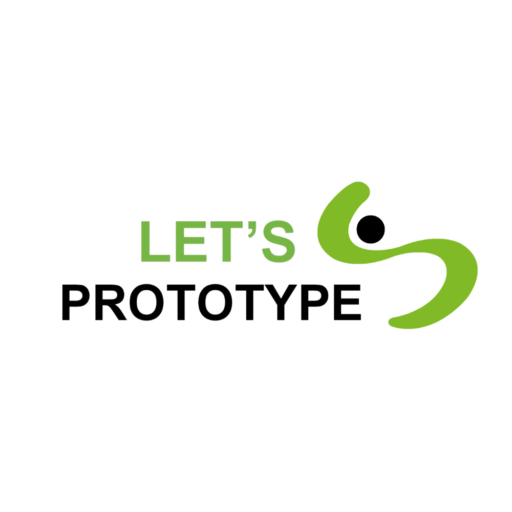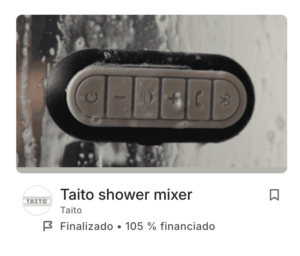Erick Remedios has been linked to entrepreneurship and the launch of innovative projects and inventions for over a decade. His start in the entrepreneurship sector began as the Project Management Director at the network of Private Investors, Business In Fact, S.A., a club of private investors specialized in high-risk investments, which he ended up managing as General Director for at least 5 years.
As the director of the Private Investors network specialized in innovative projects in the startup phase, Erick Remedios participated in more than 40 investment operations, with his main functions being: advising entrepreneurs and inventors, as well as private investors interested in investing in such projects.
Erick Remedios has been one of the influential figures in the development of the ecosystem of entrepreneurs and private investors in Spain. Since 2012, he has participated in numerous private investment forums, has advised entrepreneurial projects as a member of their Boards of Directors, and has served as a lecturer in numerous Public and private Universities, specialized public centers in entrepreneurship, and internationally leading business schools, such as It Aérea Business School, where he leads the management of the Business Model Design Module for entrepreneurs, mostly Aerospace Engineering graduates.
Specialized Centers in Entrepreneurship and the Launch of Innovative Projects where Erick Remedios has participated:
- Direction of the Program - Sanse Emprende from the City Council of San Sebastián de los Reyes, Madrid.
- Direction of the Espoban Program – Diputación de Córdoba and European Center for Business Innovation. Training of entrepreneurs and inventors and preparing them to attract capital through private investors.
- Speaker on the subject of launching innovative projects at Universities such as: Pablo Olavide, University of Seville, University of Málaga, University of Cádiz, University of Huelva, University of Almería, University of Jaen, University of Granada.
- Direction of the Entrepreneurship Module – IT Aérea Business School.
- ENyD Business School: Professor and lecturer in the area of Entrepreneurship and Private Investment.
- Avanza Castellón - Mentor of entrepreneurs and inventors in the program of the Diputación de Castellón.
- Ávila Emprende – Program of the City Council of Ávila. Mentor of entrepreneurs in sales processes and product development.
- Aula UGR- Professor of entrepreneurship and management of launching innovative projects in programs aimed at training teachers from the University of Granada.
- Master Up - Professor of entrepreneurship and investment management in the Official Master's for entrepreneurs from the University of Cadiz.
At the same time, numerous companies have signed Erick Remedios as an advisor and member of their Board of Directors, companies in which Mr. Remedios has also acted as the representative of the private investors who have placed their trust and economic resources, including:
- Tu Fabrica de Eventos
- Baby Radio
- Graffos
- Neurobia Research
- HitsBook
- Bit Credit
- Glelemo
Currently, Mr. Remedios is leading the international expansion of Let´s Prototype in the United States, while also advising inventors on startup processes for projects related to innovative Hardware or Software elements, both in terms of product design, a specialty of Let´s Prototype, and in terms of designing strategies for selling inventions and patents.
Interviews with Mr. Remedios and publications authored by him in Media:
- School of Business and Management: [Link](https://www.youtube.com/watch?v=ch3nRTFvxhw)
- Diputación de Córdoba. Training for Investors: [Link](https://www.youtube.com/watch?v=Cj2fvxkD-zI)
- Spanish Television - Program Emprende: [Link](https://www.youtube.com/watch?v=vZRi98CE20M)
- TV2 - Spanish Television: [Link](https://www.youtube.com/watch?v=ms22bxyllKc)
- University of Cadiz: Article for Inventors: [Link](https://emprendedores.uca.es/lean-prototyping-el-puente-entre-el-concepto-el-prototipo-y-las-patentes/)
- University of Granada: Article for Inventors: [Link](https://ugremprendedora.ugr.es/6-tips-para-convertir-tu-idea-o-concepto-en-prototipo-lean-prototyping/)




